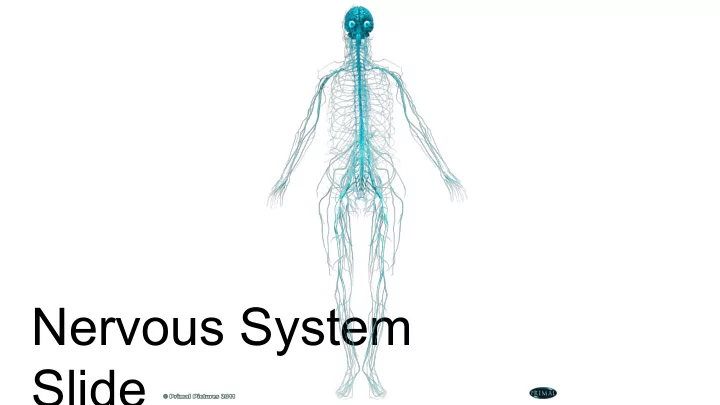

Nervous System Slide
Core View of the musculature
Side view of the Transversus Abdominis
Movement in the Body Irwin Korr MD This is a beautiful quote regarding movement in the body. In 1976 Dr. Irwin Korr stated: “The spinal cord is the keyboard on which the brain plays when it calls for activity. But each ‘key’ in the console sounds not an individual ‘tone’ such as the contraction of a particular group of muscle fibres, but a whole ‘symphony’ of motion. In other words, build into the cord is a large repertoire of patterns of activity, each involving the complex, harmonious, delicately balanced orchestration of the contractions and relaxation of many muscles. The brain thinks in terms of whole motions, not individual muscles. It calls selectively, for the preprogrammed patterns in the cord and brainstem, modifying them in countless ways and combining them in an infinite variety in still more complex patterns. Each activity is subject to further modulation, refinement, and adjustment by the feedback continually streaming in from the participating muscles, tendons and joints.” (Chaitow, 2002, p. 33).
Activating the Core So how do we activate the Core through Yoga? A bunch of planks and crunches? Challenge the core to transmit force. Move in multiple planes of movement, and get control of those planes of movement. The inline kneel which is Anjani Asana in Yoga is a great way to “test” if the Core is “talking” to the hips and the trunk.
Highlighting Research http://journals.lww. com/spinejournal/Abstract/2014/06010/How_Healthy_Discs_Herniate__A_Biomechanical_an d.6.aspx The author notes injuries in the range of flexion. Is all flexion bad? No! Most activities in life involve flexion, even holding neutral pelvis and moving forward biomechanics shows us the spine flexes. How to avoid injury, train the body to accept load in a graded response. We probably need to train at higher loads over time. http://www.outsideonline.com/1923776/how-far-fitness-has-fallen Great article on how sedentary, our culture has become. If you are a yoga instructor, have to train your clients gradually over time so they can adapt
Recommend
More recommend